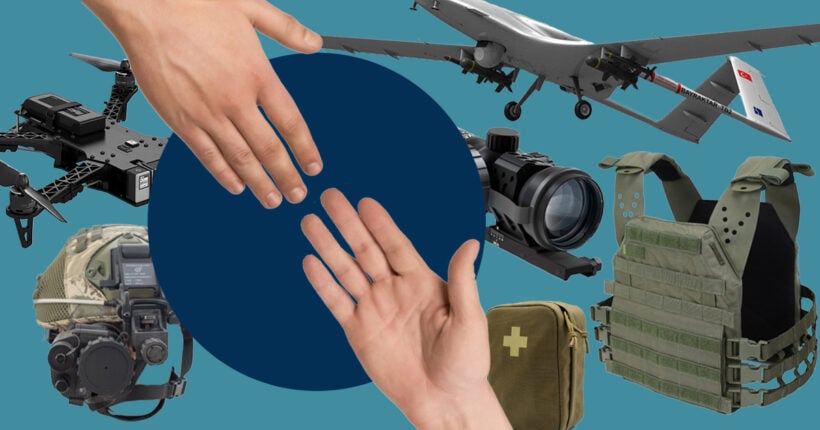
In this article, we will talk about three organizations—the army's competent assistance fund Come Back Alive, the Women's Veteran Movement, and Veteran Hub—which, with the beginning of a full-scale invasion, are doing everything 24 hours a day to save as many of Ukrainian soldiers' lives as possible and bring victory in the russian-Ukrainian war closer.
In the early morning of February 24, the russian occupying forces began shelling all of Ukraine with missiles. The terrorist country's full-scale invasion of the territory of an independent nation began on this day. Most public organizations prepared for the scenario in advance, but no one knew exactly how it would happen. In the early hours, Ukrainians did everything to evacuate their relatives, help their colleagues and ensure their safety. They also joined the ranks of the Armed Forces of Ukraine to defend the state from the russian enemy.
What do volunteers do for Ukrainian victory? What helps to make unprecedented decisions? How did the volunteer sector quickly improve its work and multiply the assistance to the army? Rubryka found out in our conversation with the volunteer of the army's competent assistance fund Come Back Alive, Ruslana Velychko, a veteran of the 25th battalion Kyivska Rus, and Women's Veteran Movement's social department coordinator, Yulia Kirillova, and the Veteran Hub executive director, Artem Denisov.
Come Back Alive, or how can a charity buy Bayraktar UACV?
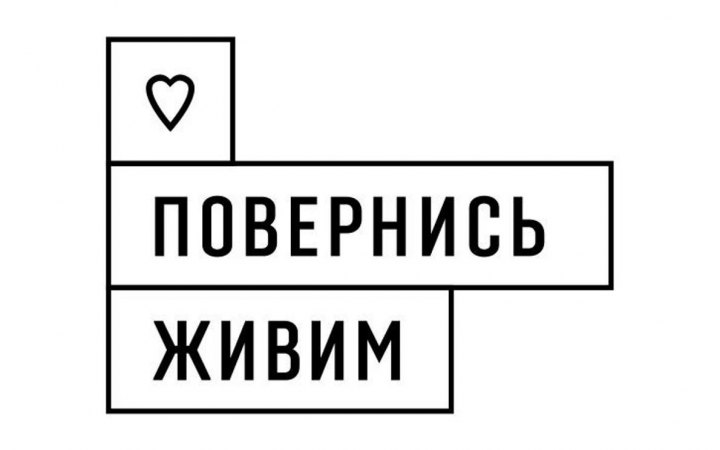
Reference:
Come Back Alive is the army's competent assistance fund. Since 2014, it has aimed to make the Armed Forces of Ukraine more effective, save soldiers' lives and systematically counter the enemy. Since the beginning of the full-scale invasion in February 2022, aid to the army has been increased many times. They support Ukraine's defenders, who changed their usual life and entered the defense line. The fund buys equipment that helps save the lives of the military, in particular, thermal imaging optics, quadcopters, cars, protection, and intelligence systems. The fund's instructors are engaged in the training of sappers, operators of unmanned aerial vehicles, gunners, and snipers. They also teach first aid and facilitate secret missions. Since 2014, the fund has collected more than 3 billion hryvnias for the needs of the Ukrainian Armed Forces and trained more than 10,000 highly qualified military specialists.
Ruslana Velychko, a fund volunteer, says that with the beginning of russia's full-scale aggression, Come Back Alive was registered as a subject of foreign economic activity in the State Export Control Service. It began to receive permits for the import of various goods: "Then the military approached us with a request to purchase the Bayraktar complex. I called one person from the Baykar company, and we started working together."
The primary issue was going through all the bureaucratic problems from the Ukrainian and Turkish sides. The Turks also had to obtain an export license to sell Bayraktar drones to the Come Back Alive Foundation.
"We didn't publish the news about purchasing the Bayraktar complex in the media right away. A month has passed since the drones arrived in Ukraine. We held a pause until we completed all the documents. At the same time, all volunteers should understand that when they say something, write, or record a video, not only the Ukrainian side listens to them. That's why sometimes it's better to remain silent," Ruslana explains.
Come Back Alive even signed a memorandum with the Baykar company—it is Baykar's second memorandum with Ukraine. The first was in 2021, signed by President Volodymyr Zelensky.
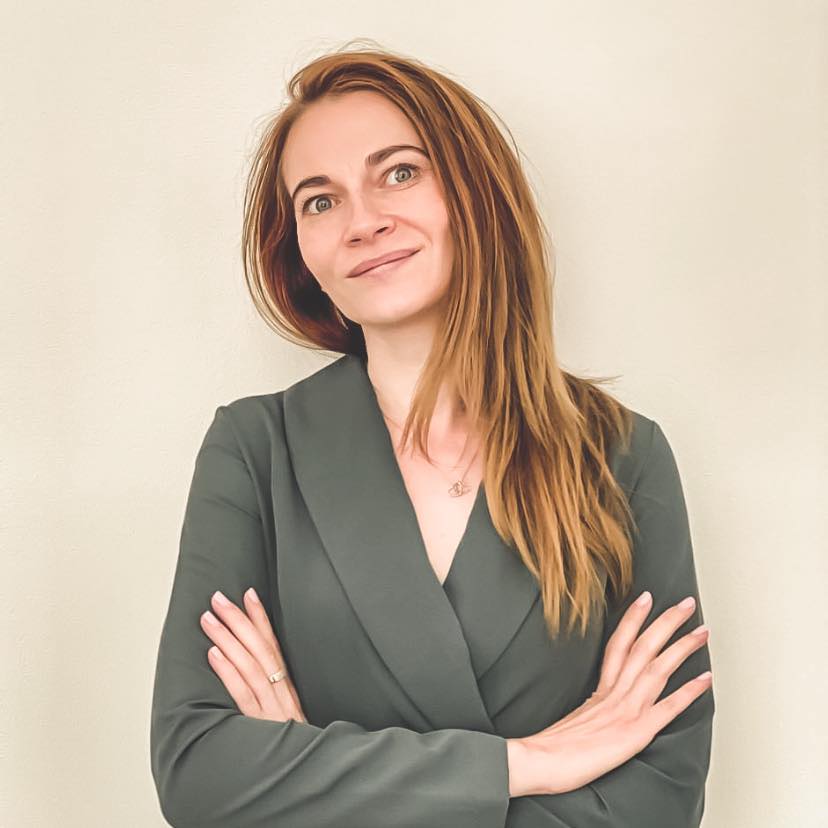
Ruslana Velychko
"We work a lot. For example, I never thought I would be engaged in foreign economic activity and perform the function of a logistician, engage in contractual activities, and find sellers. All the more, all of this would be about goods for military purposes," the volunteer shares, and then she begins an account of how the fund has operated since the outbreak of full-scale war.
About Ukrainian people's trust and raising over 4 billion hryvnias
"I'm proud that we're a charity organization that turned the arms market upside down not only in Ukraine, but in Europe too. We started its reform."
"When the full-scale war began, everyone was afraid. Then people donated and sometimes gave their last. People have psychologically adapted to the war, which also affects donations. Regarding how much and who sends us money, everyone can see monthly reports on the fund's website."
Accountability and control is something that is heavily highlighted in Come Back Alive. Ruslana shares her "hobby" with Rubryka—she "collects" all the criminal cases that are currently pending with volunteer help. "In most cases, people got into big trouble because of a little stupidity. For example, they were honest people, but they fell for some empty schemes of simpler or easier ways to import military goods. They made deals, imported it as humanitarian aid, and then tried to resell something else. We don't act like that, we work according to the rules and legally," Ruslana Velychko emphasizes.
"We are the first organization that delivered not just a UAV, but an unmanned aircraft complex," she says. The Bayraktar drone itself is a reconnaissance tool. "And a complex with a ground control station, a home/foreign recognition system, and ammunition—the equipment's instruction is generally written on four sheets—is what the army can work with."
Ruslana adds that the Come Back Alive fund focuses on supplies from Western partners and plans to help our army accordingly for all complexes to cooperate with artillery. "So, for instance, we look at the operating range of what our partners supply us with and select drones accordingly. The Bayraktar TB2 drone costs four or so million dollars, and the total cost of the complex we bought is $16,502,450. They gave us something worth another 9 million," the volunteer explains.
Come Back Alive always helps the army "wholesale." Purchasing two and 800 thermal imagers takes the same amount of time to prepare documents. That is why they focus on a more significant number. And under these conditions, they receive discounts: "Honestly, when I start a conversation with sellers, I immediately ask what the discount will be," says Ruslana. "We, together with Come Back ALive, turned the entire arms market a little because now the charity organization can import what it needs without special exporters. And this means saving up to 30%."
Although the army has many needs right now—the same winter military uniform and sleeping bags—Come Back Alive focuses on other priorities, like UAVs, optics, radio communication, and cars. The fund has already delivered about 400 pickup trucks to the front.
"Everyone knows that artillery units are the gods of war. Therefore, we need artillery, unmanned reconnaissance complexes, and Bayraktars [unmanned aerial combat vehicles]. To protect people, we need equipment that strikes far away and scouts," says Ruslana Velychko and adds:
"I'm proud that we're a charity organization that turned the arms market upside down not only in Ukraine but in Europe too. We started its reform. I don't want to work with an overpayment. It's easier to work myself. Sellers began to come to us and offer their products."
Women's Veteran Movement, or how to help women in trenches and rear?
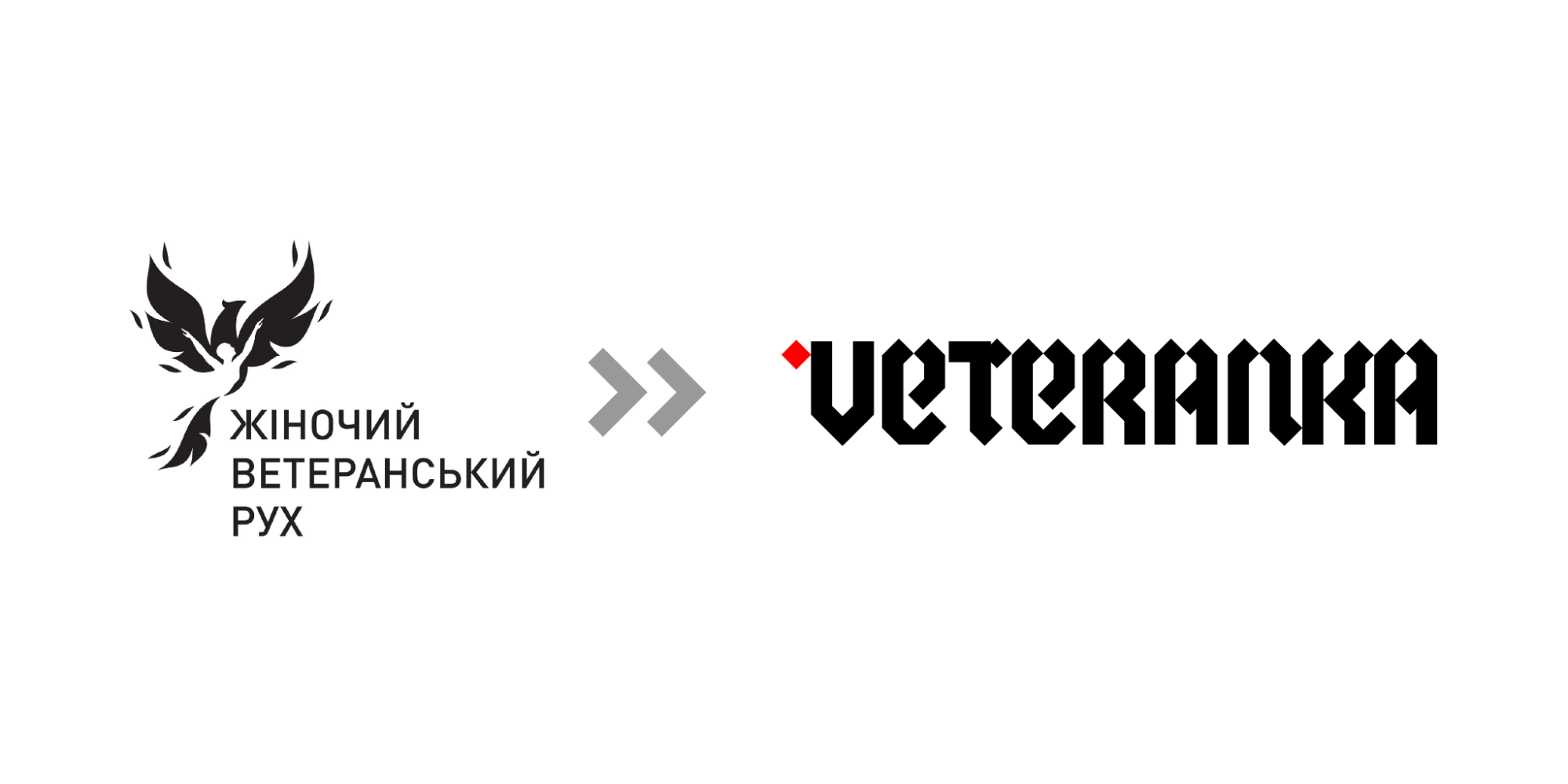
Reference:
The NGO Women's Veteran Movement is a consolidation of female veterans, which the activists created to increase opportunities for self-realization in society. The organization works to advocate and protect the rights of female veterans and active servicewomen. It also implements equal rights and opportunities through legislation and advocacy of the professional and prestigious security sector.
Before the full-scale war, the NGO advocated for the rights of female veterans and servicewomen, rehabilitation of women, employment, and retraining. They even had an entrepreneurship school for female veterans—many women opened successful businesses after graduating. Now the organization is finalizing the development of the Unified Rehabilitation Standard. "This is writing a road map for veterans, for first- and second-line doctors, what the veterans should do when they come to the doctor, which tests and screenings to take, which specialists to visit, etc. This project is already at the stage of completion," explains Yulia Kirillova, a veteran of the 25th battalion Kyivska Rus, coordinator of the Women's Veteran Movement's social department.
Earlier, the Women's Veteran Movement conducted advocacy campaigns regarding the proper medical care of servicewomen and veterans. Yulia Kirillova says: "It is about the fact that, for instance, military medicine was focused on men. Some military hospitals didn't have a gynecologist at all. The same gaps existed in managing servicewomen's pregnancies, childbirth, etc. To this day, pregnant servicewomen who serve give birth in civilian maternity hospitals, and their pregnancies are managed by civilian doctors. However, the contract woman has full medical insurance. In the same way, medical formularies don't provide many necessary drugs for women. We also dealt with material and technical support, as there was no normal uniform; it was all focused on men."
"Went to military enlistment office pregnant"
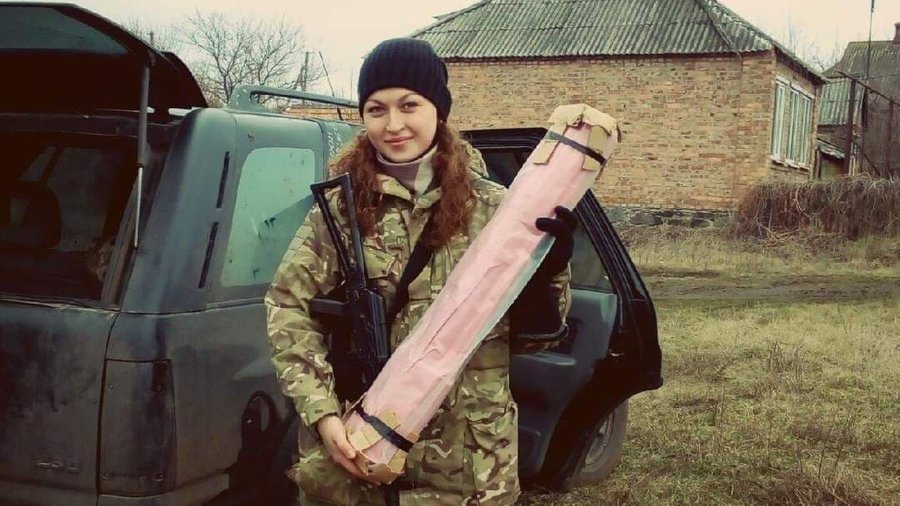
Yulia Kirillova
Yulia Kirillova says that February 24th was greeted differently by the Women's Veterans Movement team. She ended up in Washington at the beginning of a full-scale invasion.
"Somewhere in late February, we met with the girls in our office, planned what we would do, where we would meet, how we would evacuate our relatives in case of war. Of course, we took the children with us from Kyiv. Our Andriana "Arekhta" immediately enlisted and set out with her boys to defend the Kyiv region. Katrusia "Strila" joined the Ukrainian Volunteer Army and returned to service. Olenka Lomachynska was pregnant then, but she also went to the military enlistment office and asked if there were bulletproof vests for pregnant women. Katia Pryimak and Yulia "Kuba" stayed in Kyiv and organized a volunteer rapid response headquarters," the co-founder of the public organization proudly talks about her colleagues.
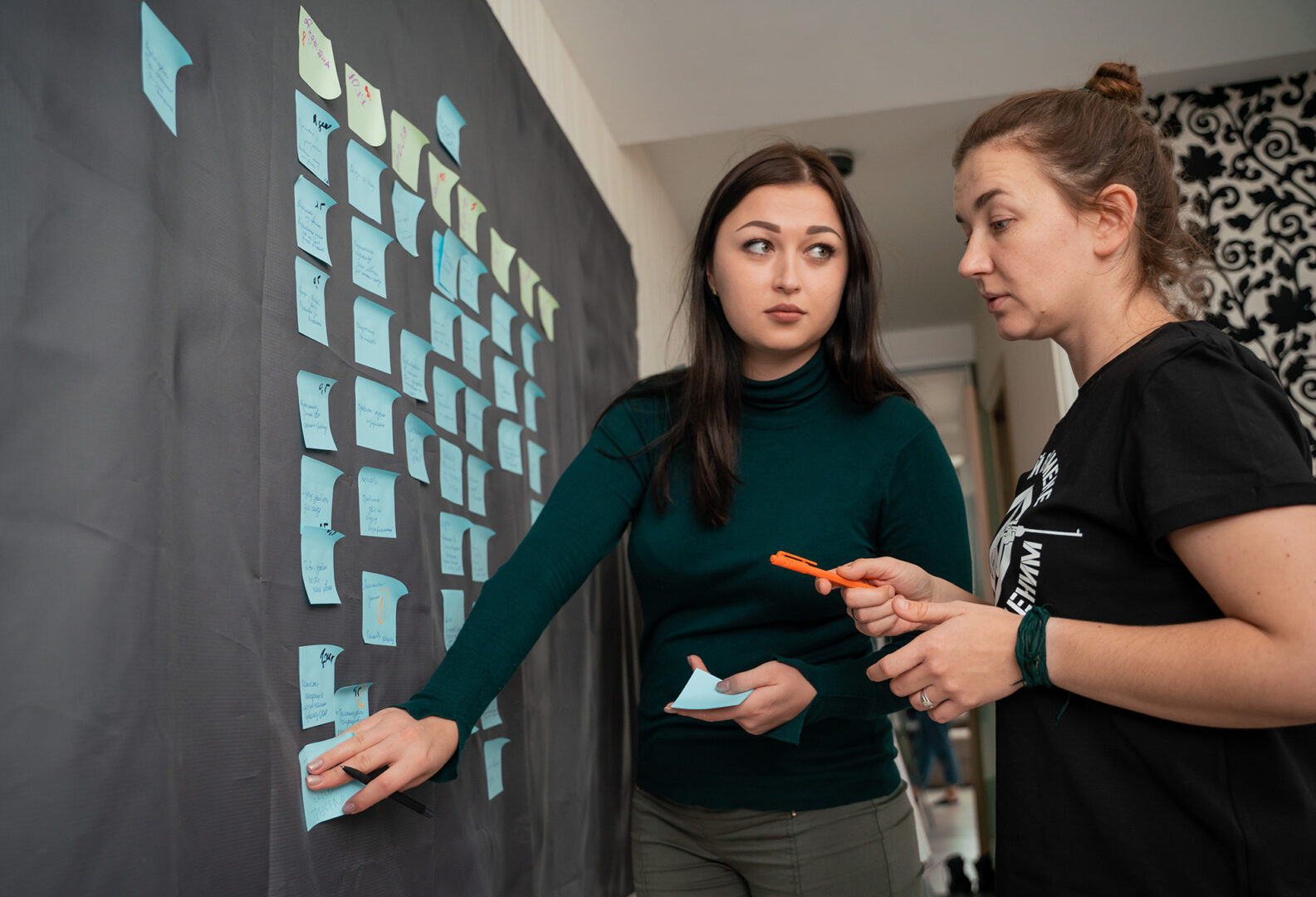
Number of women in the army tripled
Since the beginning of the full-scale war, the number of women in the army has tripled. Since 2014, this number has grown many times, and after February 24, the increase has become even stronger. Yulia Kirillova says that although some people react negatively to women in the army, the majority perceive women as equals because, first, it is about respect.
"After all, they stayed, didn't leave, made such a well-considered decision to go and defend their country. In my opinion, attitudes have changed. We feel it even in communication. If earlier they used the words 'a burden woman' or 'she won't be in my unit," now they speak with respect."
The Women's Veterans Movement is also involved in material and technical support: they have developed a cutting for a female uniform with all anatomical features in mind. Yulia Kirillova explains: "A simple example: men's and women's knees are at different levels, and when we buy a uniform with knee pads, it is comfortable for men, and for women, these knee pads will be above the knee, and if you squat or fall, the pant leg rises and the knee pad pulls itself up. Currently, the change of uniform for women is at the level of discussion. Still, I know organizations are ready to sew a trial batch for the Ministry of Defense to put it on logistical support later. We also developed sets of women's underwear because there's still no women's underwear in the armed forces. As a public organization, we also sew kits. Business joins us and also sews women's uniforms. For now, we are sending these kits to girls who are fighting."
From advocacy to first response headquarters
The work of the public organization has changed dramatically in recent months. Since February 24, a vast headquarters has started working within the organization, which supplied not only service members, but also supported the civilian population, helped people who left the occupation and delivered humanitarian aid. They had been primarily involved in advocacy and assisting veterans in psychological rehabilitation.
"When hostilities were raging in the Kyiv region, we had a kitchen working from the first days; we prepared dinners, delivered this food to the basements, and fed people. In the same way, the headquarters helped female veterans who became service members again. We bought cars and tactical medicine and delivered aid to civilian hospitals. We bought armored vests, helmets, thermal imagers, and drones for the military," says veteran Yulia Kirillova.
Now the organization continues to work as a humanitarian headquarters: it assists the civilian population affected and helps displaced people and people living in areas of hostilities. Medical crews are also working. Now they are in the Kharkiv, Zaporizhzhia, and Kherson regions. An evacuation team is also working in the Donetsk region.
"We are evacuating the civilian population, people with animals, taking out abandoned and injured animals. We help evacuees with accommodation, take them to social welfare centers, and register them.
For example, when Ukraine fought the battles for the Luhansk region, many people were displaced from the Luhansk region and the Donetsk region. People left en masse. Then, we evacuated many animals and wounded animals. We have agreements with veterinary clinics and shelters, taking them and placing them in families. Now we can go to Sloviansk, Kramatorsk, Chasiv Yar, Kostiantynivka, Selidove, Kurakhove. We are one of the few who evacuate people with animals. Many don't want to do this, and because of this, people leave their animals at home. I can't give the numbers of animals evacuated, but, for example, we have evacuated 11 animals today. Seven more animals are to arrive soon," shares Yulia Kirillova.
Tactical medicine and "drone house"
Now, the organization works in Kyiv in several directions: it is a "drone house" where volunteers can do almost everything—assemble drones, upgrade them if necessary, and repair them—and medical, food, and material warehouses; it is what most people seek help for. The NGO collects address requests, people leave them through a Google form, and then the organization sends aid. Since February 24, more than 4,000 applications have been received here, and although not all were closed, according to Yulia Kirillova, 60–70% were closed.
"Also, we have a training course on tactical medicine basics, general tactics, and driving courses. Courses are free. Both women and men are trained. We help both women and men. We are also contacted by civil organizations who purchase these courses for their employees. Part of the funds for the event goes to purchasing consumables, and the other part goes to closing aid applications."
Since the organization now also helps civilians, the most significant challenge the Women's Veteran Movement is facing now is winter. Yulia Kirillova explains: "People need to be accommodated somewhere for the winter, with something to heat this housing. We understand that the number of requests for help from the civilian population will increase. Therefore, we are now launching a humanitarian logistics center, which will close not only spot requests but also carry out humanitarian missions in various regions."
The second challenge, as for many, is the beginning of an active phase of the russian invaders' offensive actions. "Winter is their (russians, ed.) element," says Yulia Kirillova. "They mostly attack in winter. As previous years show, most of the escalation occurred in winter. It will be about the insulation of dugouts, positions, re-equipment of the military, and the increase in wounded. We are preparing for all this and started preparing for winter in August. We received the first batch of stoves and potbelly ovens at the end of July. Now we are monitoring where to buy thermal underwear, sleeping bags, and mats. We are preparing for the fact that we will close more applications, which will increase the amount of humanitarian aid. We have already started buying winter tires for our medical crews and devices for heating infusion solutions."
Now the organization has also started fundraising. They also plan to raise funds for the activities in other areas. They have already launched a sewing shop that sews women's uniforms. The plan is to sew underwear, t-shirts, hats, balaclavas, and maybe even thermal underwear. In parallel, they weave camouflage nets and robes. Work is in full swing.
VETERAN HUB
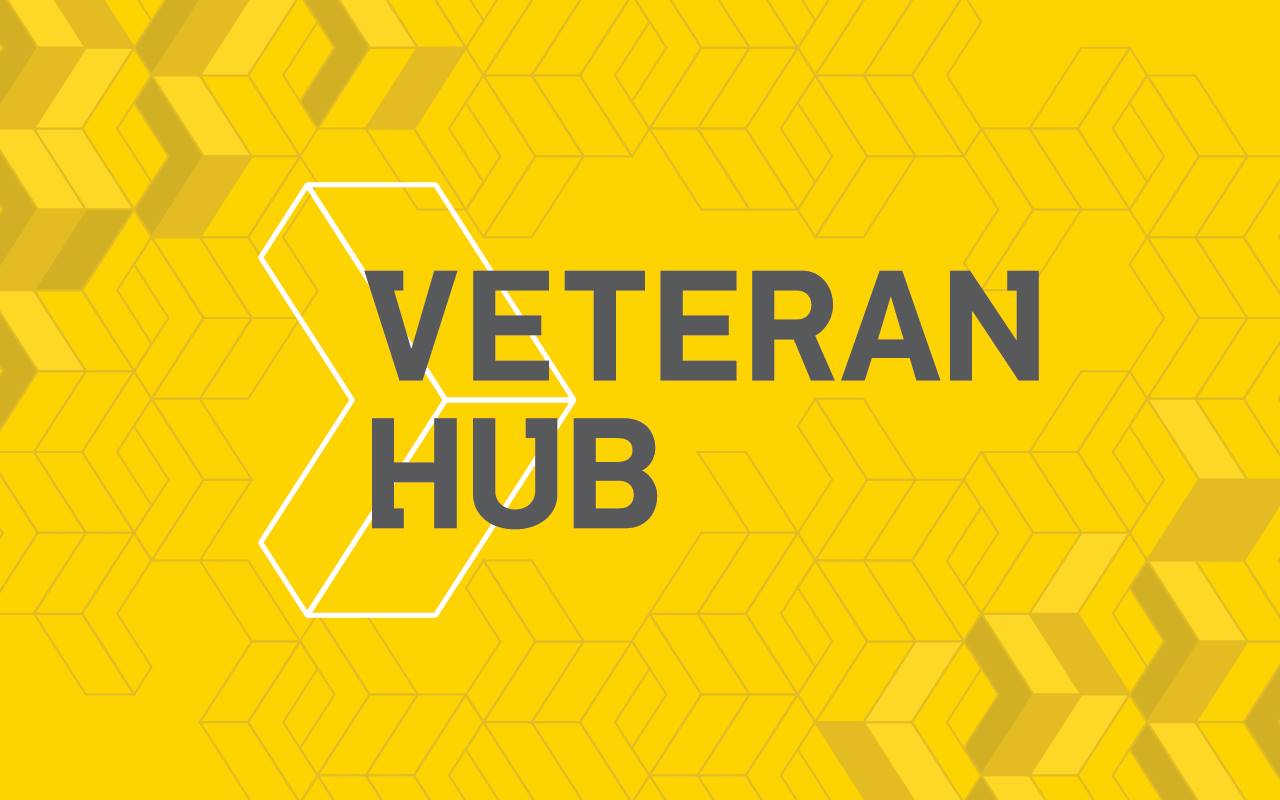
Reference:
Veteran Hub is a space for veterans and public organizations working in veteran affairs. The hub team provides psychological and legal assistance to veterans and their families, helps them find new professions and employment, and allows them to return to civilian life.
Helping here and now
With the beginning of the full-scale invasion, the Veteran Hub concentrated on three areas of work. "It is clear that in the spring, there was no question of employment. After all, everyone tried to protect themselves first," says the Veteran Hub executive director, Artem Denisov. "And that's how we chose such an unofficial administrative direction. For example, people were still on the road, calling and asking where they could come and where to stay. And now, inquiries about work are returning. Also, the psychological direction has changed. Before the full-scale invasion, we specialized in long-term therapeutic work, with some clients working with us for even a year. Now we are, of course, talking about crisis interventions when needed here and now. If we talk about the 'depth' of this psychological help, we cooperate more closely with specialist doctors. The demand for legal advice has never decreased, even this spring."
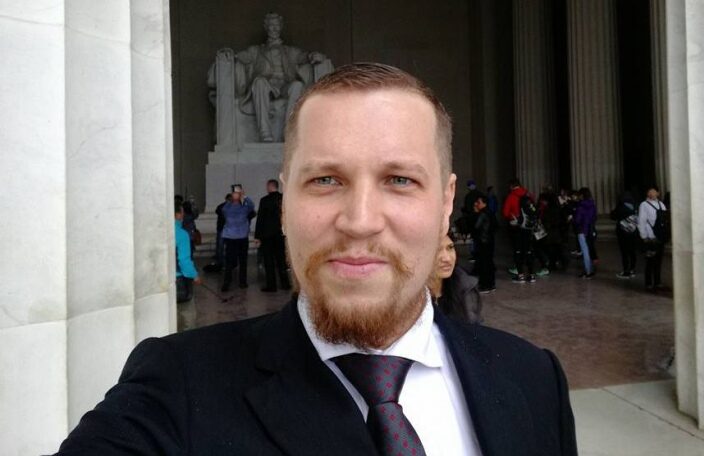
Artem Denisov
Psychological support is still crucial in the hub's work. How do you return veterans or all citizens of Ukraine to civilian life after the war? Artem Denisov is convinced that war experience has reached everyone: "Not everyone has and will have combat experience, but everyone has the experience of war. After all, our enemy doesn't care where to hit; they also strike at civilian infrastructure. You don't have to be a veteran or a military person to feel what russian aggression is like. And these people will also need services. It does not mean that we will repurpose ourselves. It means that we as a society need to pay attention to this. And we should do it now. If we start waiting for the end of the war, the victory, and then start building something, we will lose precious time."
Veteran's Way
"I am convinced that since the beginning of the full-scale invasion, our country has already become a country of veterans."
The Veteran Hub started working on the Veteran's Way concept—a map of the needs of ATO/JFO veterans from the moment of their decision to join the service until the end of life—in 2019. Almost all military personnel, except for the deceased, will one way or another become veterans, so the organization believes that this transition can be more environmentally friendly and start early. After all, part of the processes that will take place in the future can be predicted now. Currently, the organization is rethinking the concept of the Veteran's Way. Although there won't be drastic changes, there will be refinements related to a full-scale invasion.
"I am convinced that since the beginning of the full-scale invasion, our country has already become a country of veterans. Until now, we were talking about the official 460,000 veterans, but now, the number is significantly higher. And one way or another, the whole country, all ministries, executive authorities will be service providers for veterans," says Artem Denisov. And then, he adds: the state should change its approach to veterans' benefits because there will now be more veterans. However, don't give up on them. Instead, it should monetize them and also remove the barriers. Even now, veterans who don't live in big cities cannot access preferential services: "To minimize losses, we have to prepare and form a package of services from both the state and the non-state sector for veterans that will meet their needs. First, these are medical services."
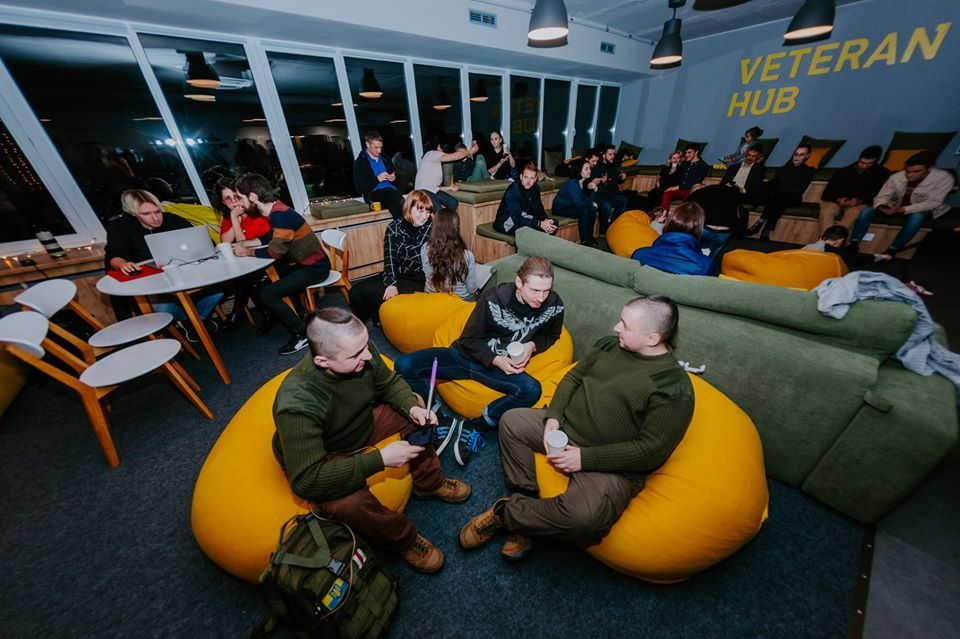
Another need for veterans is job placement. Artem Denisov urges us to think about this in advance:
"The vast majority of veterans were hired workers, now many of them are employed in the Ukrainian Armed Forces and other law enforcement agencies and protect our country. In the future, when they return, we must be prepared for how to interact with people with combat experience. That is why we at Veteran Hub continue the project of working with employment centers to give them a tool to establish communication and respond to people's real needs better. Don't offer random vacancies, but build an individual approach."
Also, the Veteran Hub is currently implementing a project on HR practices. It is aimed at non-governmental institutions that are employers of veterans or the military now: "This project is about how to build an HR department in the company to meet the needs of veterans at their workplaces, for example, working hours. Sometimes it happens that the veteran may have difficulties with planning and concentration after returning. And if the management understands that the person is not just hammering away at their work, but they are now effective not at 100%, but 60% due to his psycho-emotional state, then the management will give the person some time. Or they will make it so that there is a task, an allocated time, and the person chooses when to work on it."
Currently, the biggest challenge for Veteran Hub, according to Artem Denisov, is the challenge of mutual understanding and building a unified policy of veteran affairs in the state: "The state will have its idea; they are already forming it. The public sector has its idea. We work at different paces. After all, we, as a public organization, can, for instance, make any changes much faster, unlike the state. We need to realize that now every ministry is becoming a ministry of veterans. And absolutely every ministry will be approached by veterans."








